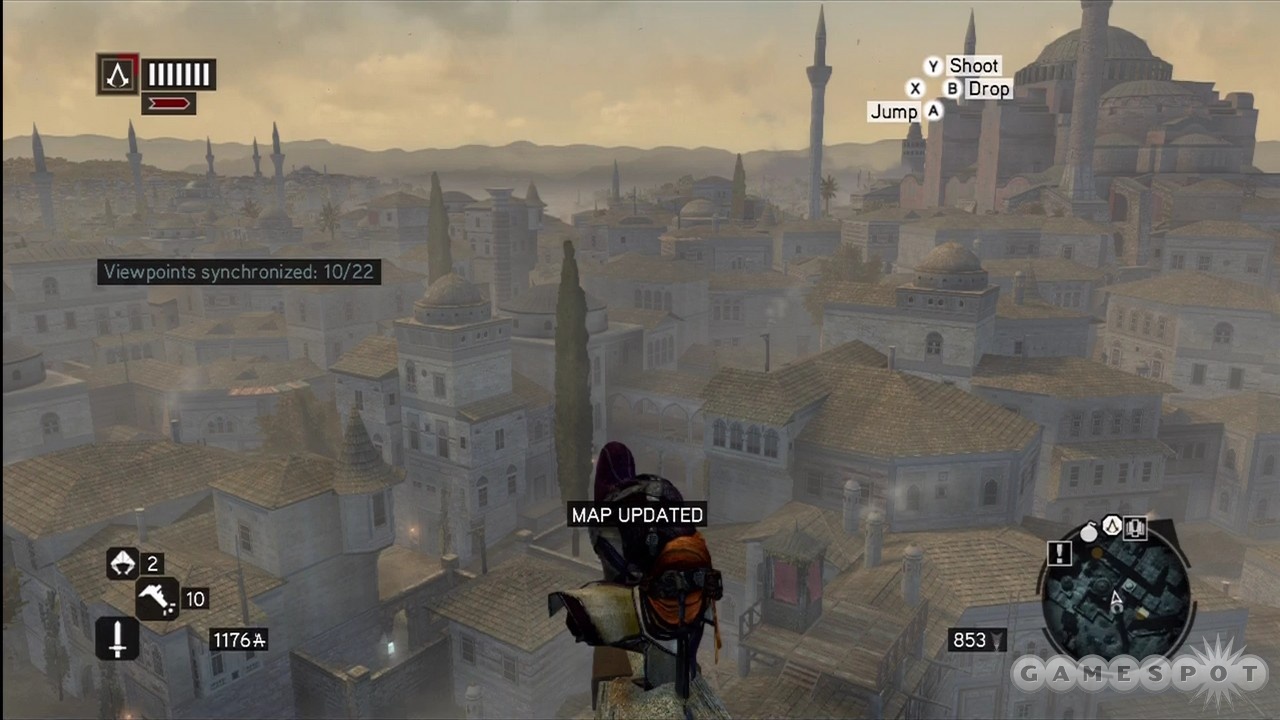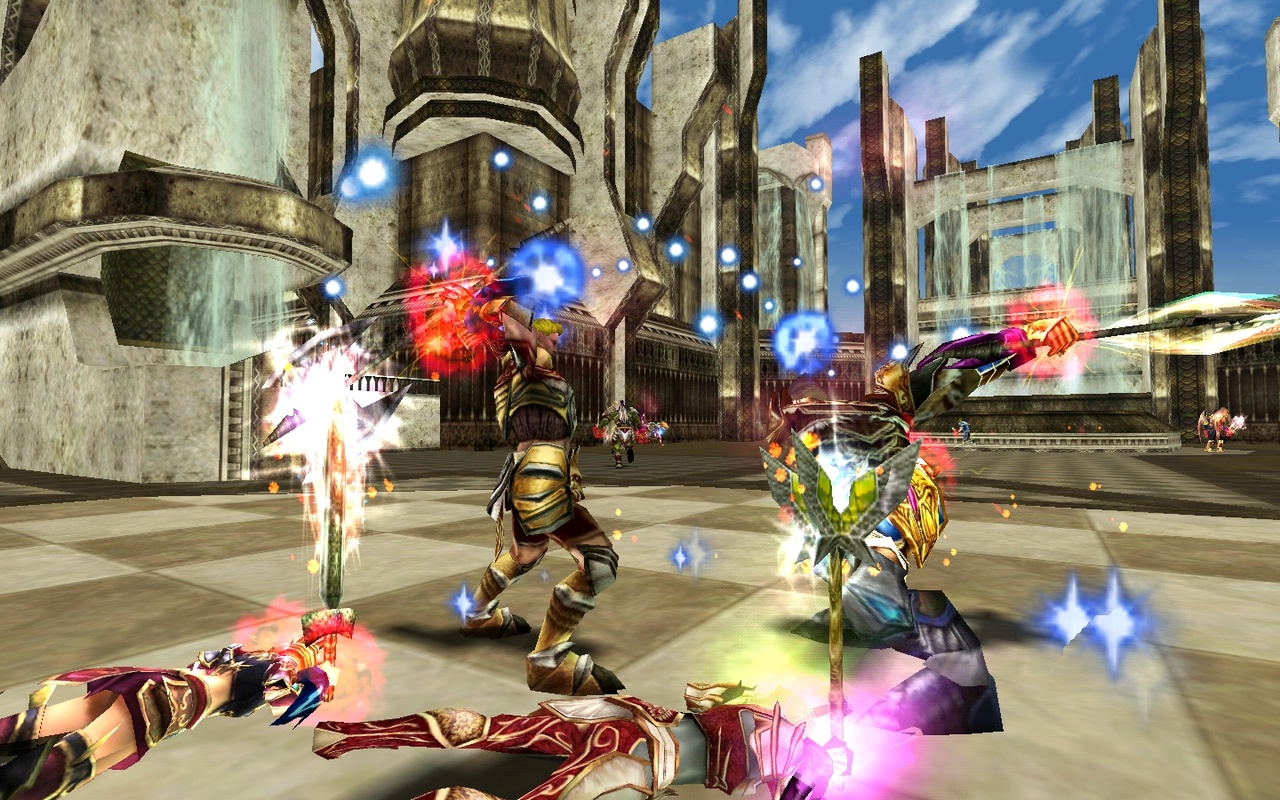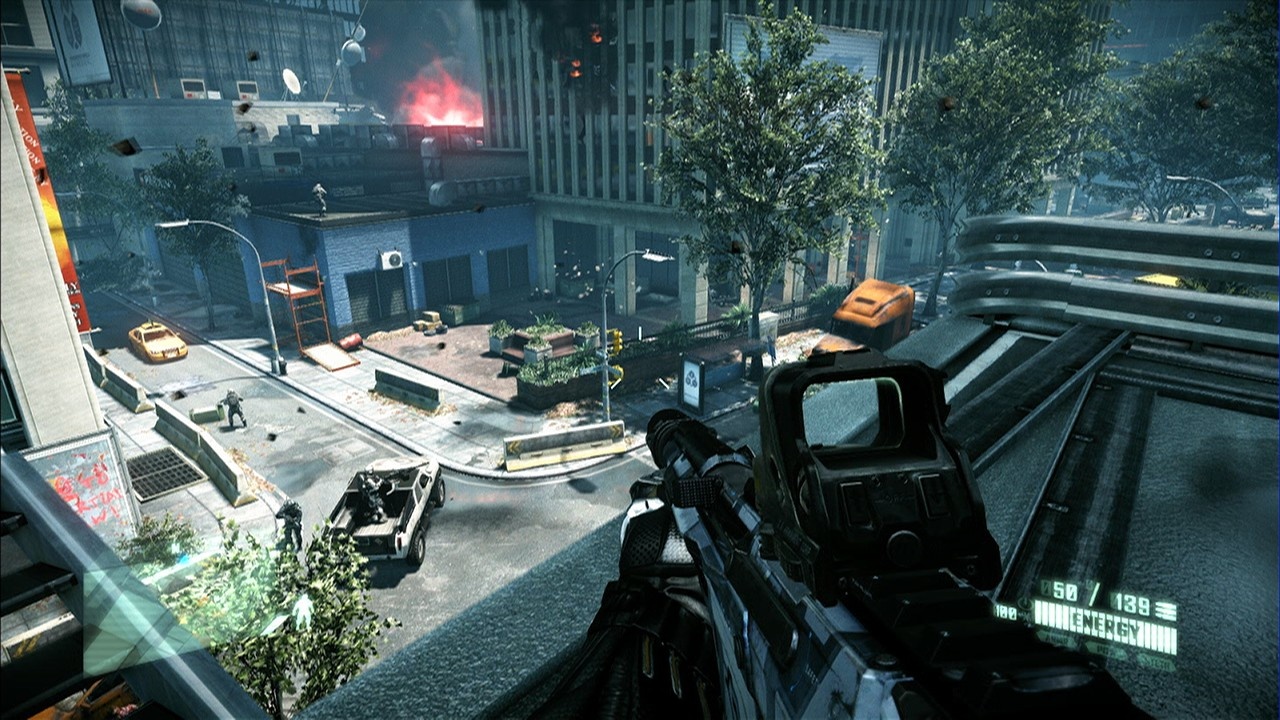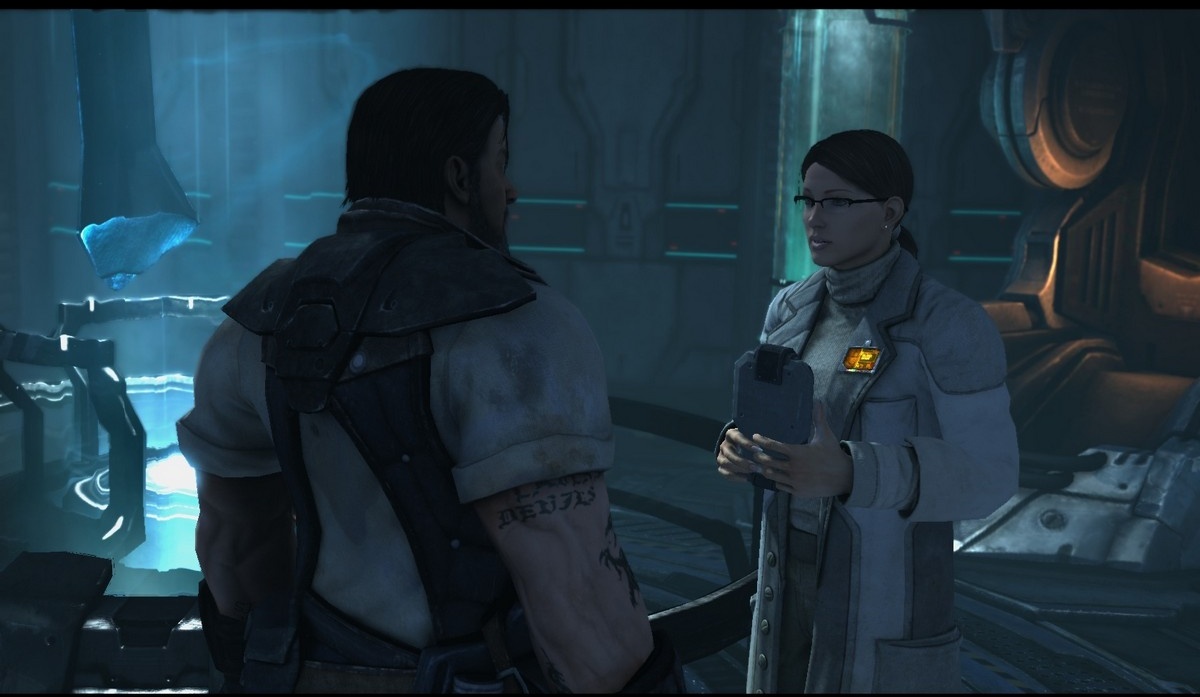The Trials and Tribulations of Localization
As the world becomes more global, so do the games we play. It's still very much a learning process, but companies are ready to find ways of winning new gamers.
A little more than a decade ago, the time between the release of a game developed in Japan and its North American launch would be well over a year. In some cases, especially for European gamers, classics like Chrono Cross never saw the light of day. Today, the difference in time for the launch of a game in Japan, North America, and Europe is rarely more than a few days. Developers and publishers not only understand the advantages of releasing games in all regions as quickly as possible, but they have also started digging into untapped markets that are eager to spend money.
Which Languages Matter?
Early on, there were essentially two languages used to develop games: Japanese and English. As the size of games grew and their popularity expanded, so did the language options. Today, it's extremely rare for a game not to include EFIGS (English, French, Italian, German, and Spanish) as language options. Developers and publishers are looking at ways of getting their games to more markets, but there is no clear-cut process in place that determines if a game like Prince of Persia gets a Hungarian language track instead of a Greek one.
Today, it's extremely rare for a game not to include EFIGS (English, French, Italian, German, and Spanish) as language options.
Developers and publishers are gauging worldwide interest by listening to the voices of potential customers through social media. If a large community of Brazilian gamers really wants the next BioWare game to feature a Brazilian-Portuguese language track, then the audience needs to be vocal about it.
Sony is probably at the forefront of language-support options. Most of its first-party games are produced to support 15 different languages, and that number is expected to grow. When you add in subtitle support, the number doubles. This is part of the reason why the PlayStation 3 is so popular in Europe; there's a good chance someone can pick up a game and it will have his or her native language on it.
To its credit, Microsoft has improved greatly in recent years. The company's Kinect: Disneyland Adventures includes full speech in six languages and even takes "cultural gestures" into account, ensuring certain hand movements don't offend specific groups of people.
Turkey, Iran, and the Arab World
The single biggest market that appears to be the next logical place for developers to move toward is in the Arab countries, including Iran and Turkey. It's hard to believe that a region where a half-billion people live hasn't been given the attention it deserves.
During a localization panel at the 2012 Game Developers Conference, Mahmound Khasawneh, CEO of Quirkat, explained just how much potential exists in that part of the world and that only a small number of studios have bothered to harness it. Studios like Sony, Epic Games, and Ubisoft have started to learn of the possibilities in this area, but others are still behind the times.
Even though Sony is the most popular platform in the region, obtaining digital content is still impossible if people don't use fake addresses from other parts of the world. The same holds true for Steam and Xbox Live, which also have not opened their respective virtual doors to the money in that region.
Turkey is in an interesting position. As the gateway between Europe and Asia, it enjoys a lot of the benefits of being connected to Europe, but it also has the disadvantages of being connected to Western Asia. Turkish people rank third in the world in terms of users of Facebook, and developers that create games for the social media site have begun to ensure that their products include full Turkish-language support.
Another example of the influence that Turkey has in games can be seen with the free-to-play game Knight Online. It originally began and failed in S. Korea, but that didn't stop the developers from releasing the game to Western audiences, specifically American gamers.
When the game was first launched in the US, the percentage of the game's users was approximately 90 percent American and 10 percent Turkish, but that didn't last long. In a matter of months, those numbers completely flipped, and Knight Online became an absolute smash in Turkey.
Surprisingly, the game was only available in English, but Turkish gamers ate up the content to the point that the game was banned in the country. Even after the ban was lifted, the number of players increased and the game became more popular; there wasn't a low return of previous players seen. The developers did eventually manage, with the support of volunteers, to localize the game, which opened the door for other games to pierce the market. More importantly, companies found ways of monetizing free-to-play games without the use of credit cards in a part of the world where they were not common.
…Turkish gamers ate up the content to the point that the game was banned in the country.
The Turkish influence continues to grow. Crytek, founded by Turkish brothers, included Turkish-language support in Crysis 2, and all future games developed by the studio will also include the language. With a population of more than 60 million people, we can expect to see and hear more about Turkey as the industry expands.
Standardizing the Localization Process
Square Enix uses a process called Moomle, Ubisoft has its own system, and Blizzard uses FaceFX for its animations. Other companies also incorporate their own methods when developing and localizing games. With all of the different systems in place, there is no standardized process, and companies are trying to find ways of making things simple or, at least, streamlined. While developers in Europe and North America are leading the way, Japanese companies, such as Square Enix, are still behind in the process. A publisher like Ubisoft can release its games in 10 different languages on the same day, but Square Enix's Final Fantasy XIII-2 still required more than a month between its Japanese and North American launch, in addition to a few more weeks before it was launched in Europe.
Prior to Crysis 2, Crytek had never done audio in multiple languages. With the game being released on three platforms, the company wanted to ensure that as many people had the opportunity to play its game as possible; thus, it dubbed the game in eight different languages, each with two to three hours of recorded dialogue. The entire localization process for the game was a learning process and forced Crytek to make changes throughout the course of development. It even had to look at ways of dealing with the setbacks of a DVD's size limitation when trying to fit in multiple language tracks. It was a difficult process, but thanks to what the team learned throughout development, its next games should be a much better experience.
Events like GDC present a great opportunity for developers to discuss these processes and share ideas. When Square Enix held an audio localization panel, numerous members from Ubisoft were in attendance and quite vocal during the question-and-answer period. And when Ubisoft held its own panel the following day, the gentleman leading the talk, Alexandre Piche, was one of those who asked questions the previous day.
Developers across the world encounter the same issues. Dealing with changes in gameplay, adding or removing scenes, working with the schedules of animators or voice actors, and encountering other surprises can seriously alter the course of development. Being able to talk to each other and learn from the collective mistakes only helps to strengthen the future of localization.
So much has changed in the past 20 years, with the days of getting the localization and audio of a game done at the last minute under limited budgets behind us. Those who remember playing Japanese role-playing games on the Super Nintendo or Sega Genesis may remember just how different those games were when they were read in comparison to how they were translated. Ted Woolsey, currently with Microsoft Studios, was behind the translation of a lot of the 16-bit era games that so many people have proclaimed as being the best games ever made and reflected upon how stripped down the process was back then.
A lot of the original Japanese dialogue was reduced to use as little space on the ROM cartridge as possible.
Because of the limited space available on cartridges at the time, cuts had to be made to fit on all of the content. A lot of the original Japanese dialogue was reduced to use as little space on the ROM cartridge as possible. Instead of getting really meaningful dialogue in an RPG, translators had to settle on simple responses that failed to convey the original impact that the developers intended. In other cases, if a company couldn't afford to hire someone decent to localize its game, then it would give birth to an infamous gaming meme, such as "All your base are belong to us."
Looking Forward
As technology advances, we can only begin to guess how developers will deal with future challenges. It's no longer simply a matter of ensuring a game has subtitle support because it also has to include multiple language tracks. When Blizzard released Starcraft II: Wings of Liberty in 2010, it not only featured voice support in multiple languages (including Korean, Polish, Spanish, Russian, and both traditional and simplified Chinese), but it also went so far as to ensure that all text in game, from small news ticker headlines to bottles of beer, was localized.
In Blizzard's case, it was very "picky" when it came to immersion. The software it used for voice-over syncing is called FaceFX. The software for Wings of Liberty supported six of the game's included languages but not Russian and both forms of Chinese. While the development team could work around some of the Latin-based languages that weren't supported, it had to create custom dictionaries where words were Romanized. Developers took the respective words and wrote them out phonetically so that the system could recognize them and have a character's mouth move properly. Then, by matching Chinese with Korean and Russian with Polish, the team had all of the characters speak in those languages and had it appear as though Jim Raynor was a native Russian speaker.
While a company like Blizzard can afford to have multiple language teams around the world to help with this process and develop alternatives to cope with certain setbacks, others aren't so lucky. With that, we can expect outside vendors that specialize in language support--both audio and visual--to be relied upon in helping improve the gaming experience around the world. Although it may still be another few years before this becomes the norm, the days when games were only available to play in a single language are no more. Even if a large portion of the world speaks and understands English, those who do not won't have to miss out on experiencing something incredible.
Got a news tip or want to contact us directly? Email news@gamespot.com








Join the conversation